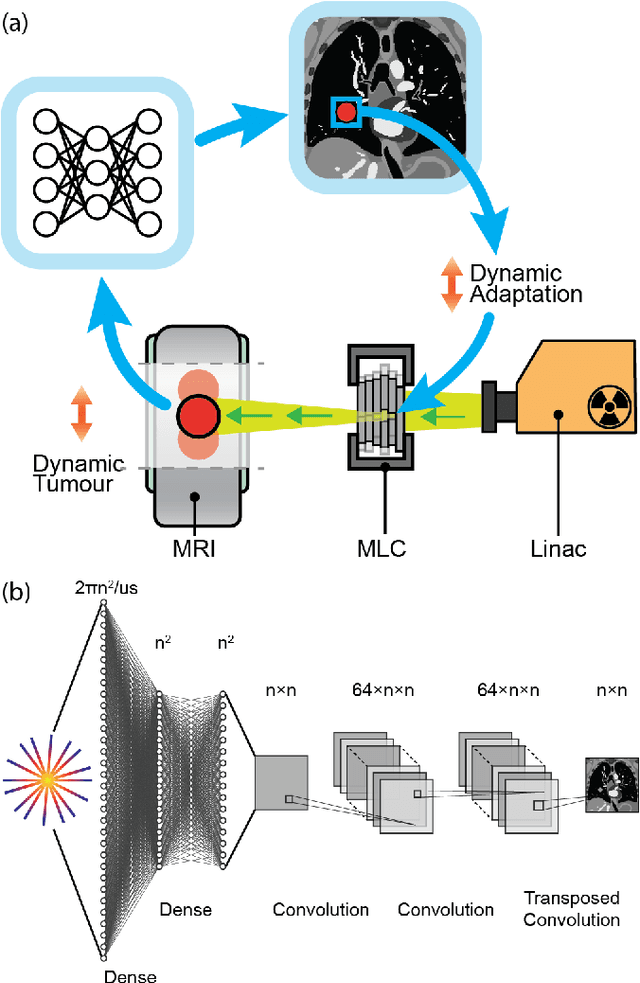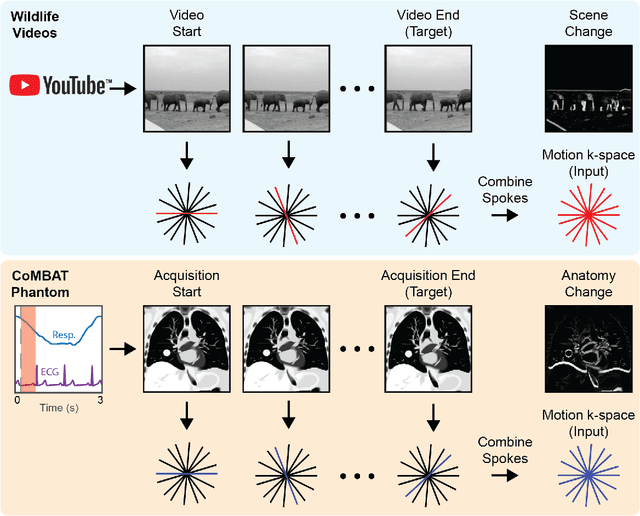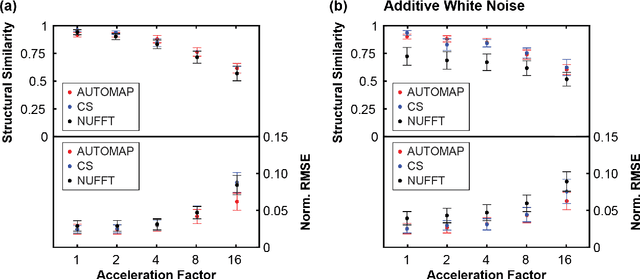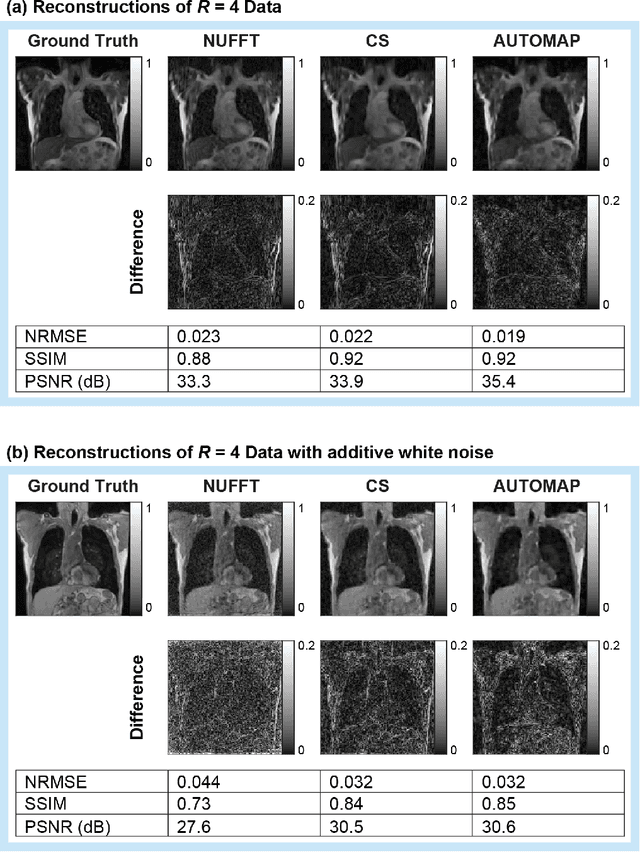Christopher Chiu
Fine-Grained Classification for Poisonous Fungi Identification with Transfer Learning
Jul 10, 2024



Abstract:FungiCLEF 2024 addresses the fine-grained visual categorization (FGVC) of fungi species, with a focus on identifying poisonous species. This task is challenging due to the size and class imbalance of the dataset, subtle inter-class variations, and significant intra-class variability amongst samples. In this paper, we document our approach in tackling this challenge through the use of ensemble classifier heads on pre-computed image embeddings. Our team (DS@GT) demonstrate that state-of-the-art self-supervised vision models can be utilized as robust feature extractors for downstream application of computer vision tasks without the need for task-specific fine-tuning on the vision backbone. Our approach achieved the best Track 3 score (0.345), accuracy (78.4%) and macro-F1 (0.577) on the private test set in post competition evaluation. Our code is available at https://github.com/dsgt-kaggle-clef/fungiclef-2024.
On Real-time Image Reconstruction with Neural Networks for MRI-guided Radiotherapy
Feb 10, 2022



Abstract:MRI-guidance techniques that dynamically adapt radiation beams to follow tumor motion in real-time will lead to more accurate cancer treatments and reduced collateral healthy tissue damage. The gold-standard for reconstruction of undersampled MR data is compressed sensing (CS) which is computationally slow and limits the rate that images can be available for real-time adaptation. Here, we demonstrate the use of automated transform by manifold approximation (AUTOMAP), a generalized framework that maps raw MR signal to the target image domain, to rapidly reconstruct images from undersampled radial k-space data. The AUTOMAP neural network was trained to reconstruct images from a golden-angle radial acquisition, a benchmark for motion-sensitive imaging, on lung cancer patient data and generic images from ImageNet. Model training was subsequently augmented with motion-encoded k-space data derived from videos in the YouTube-8M dataset to encourage motion robust reconstruction. We find that AUTOMAP-reconstructed radial k-space has equivalent accuracy to CS but with much shorter processing times after initial fine-tuning on retrospectively acquired lung cancer patient data. Validation of motion-trained models with a virtual dynamic lung tumor phantom showed that the generalized motion properties learned from YouTube lead to improved target tracking accuracy. Our work shows that AUTOMAP can achieve real-time, accurate reconstruction of radial data. These findings imply that neural-network-based reconstruction is potentially superior to existing approaches for real-time image guidance applications.
 Add to Chrome
Add to Chrome Add to Firefox
Add to Firefox Add to Edge
Add to Edge